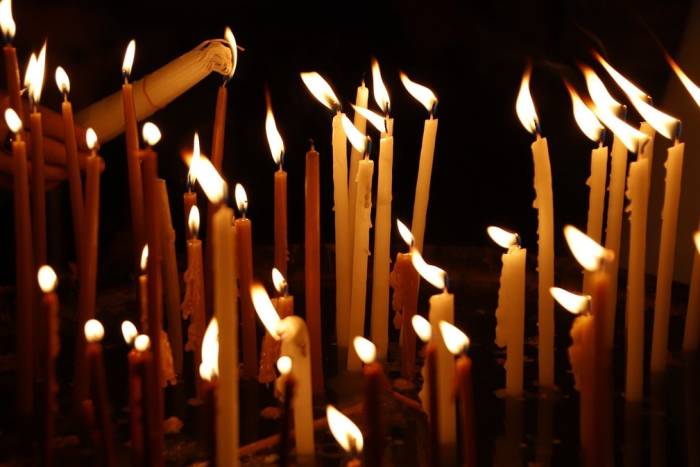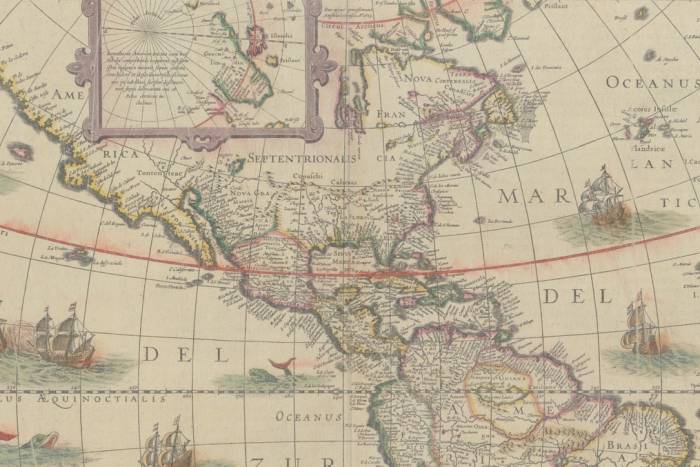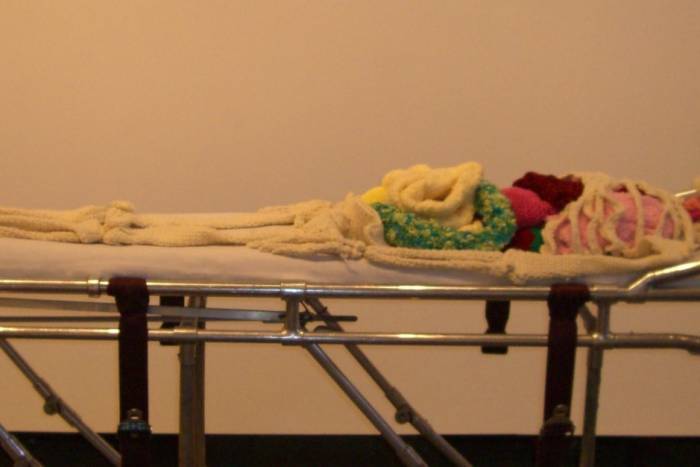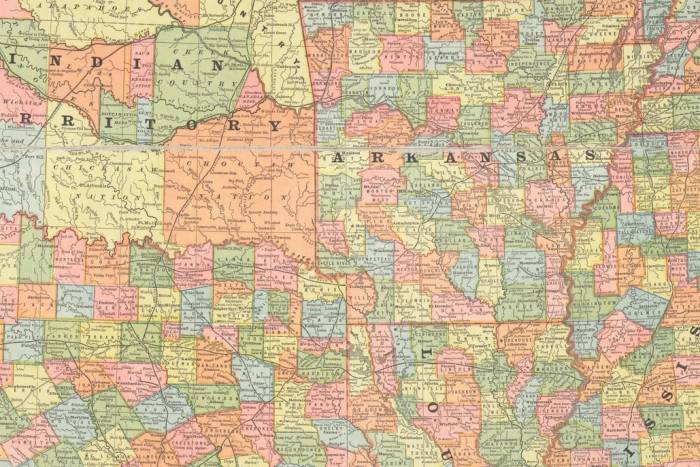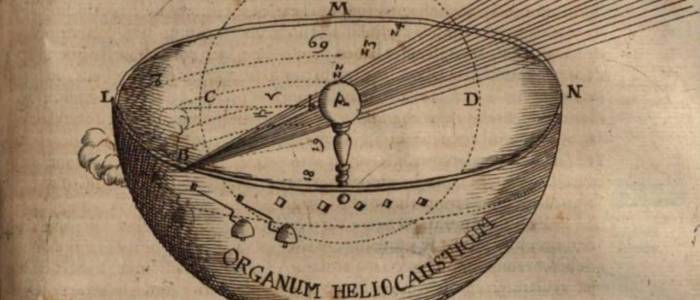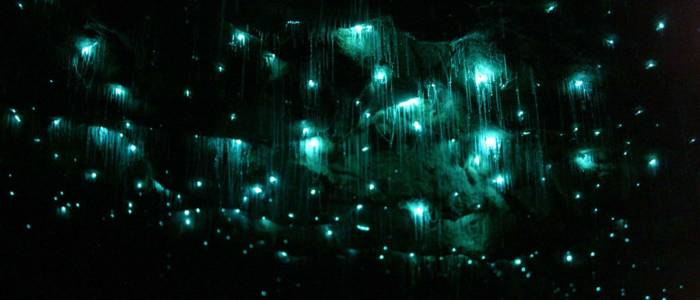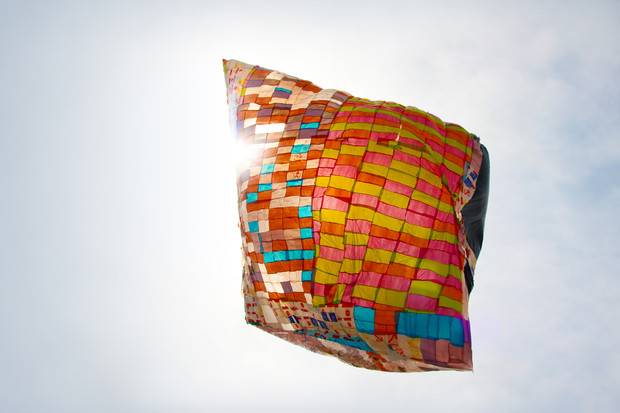Miroslav Tichý and the Ghostly Silhouette of the Wandering Photographer
In the streets, amidst the refuse of social stimuli are nomads like Tichý, whose art will be remembered for overcoming the limits of the possible.
Hermann Hesse said that both the sedentary and borders are kinds of prisons for those who practice the liberating art of nomadism. He noted that borders detonate wars and blockades (both literally and metaphorically). And in accordance with the spirit that the Swiss author relays in Wanderung (1920), it’s most desirable that more and more people ignore the crazy walls that our cultures have taught us to adore.
In cities, lone walkers have chosen to erase these boundaries, to stir up the spacial autonomy spaces, and to dedicate themselves to cultivating a very frank liberty. They’re called vagabonds, urban nomads, hermits, crazies. Over time, these characters become shadows, even ghosts, and they take advantage of the levity to navigate the cracks within a sociocultural model, though it rarely inspires or promotes a free existence. For many, this condition is enviable. The wanderer, who’s renounced the boundaries of time and space, has only to write his or her own history. Using the exclusive stimuli absorbed by the streets as raw materials, and even including the people who appear along the roads, these usually ephemeral ingredients are, in the case of Czech Miroslav Tichý, captured in a camera.

Tichý (1926-2011) is perhaps one of the most innovative photographers of the late 20th century. The admirable vagabond lived some 70 years in anonymity, and for 15, enjoying the fame that his peculiar photographs attracted. In the 1950s, before becoming a hermit in the streets, he was part of the Academy of Fine Arts in Prague, until his differences with the institution became unmanageable.
After leaving the school of painting, he lived isolated in his hometown, Kyjov, and his life fell apart, sabotaged by his ideological radicalism. From there, Tichý surrendered to the streets. In the 1970s, he was a recurring guest at psychiatric hospitals and prisons, until the Czech communist regime finally decided that he was but a harmless vagrant. Surviving by collecting garbage, Tichý’s camera was made from tin cans, wood and cardboard. The lens shaft formed with plumbing pipes, and the shutter, sealed with asphalt tar. Finally, he sanded Plexiglas to make the lens.
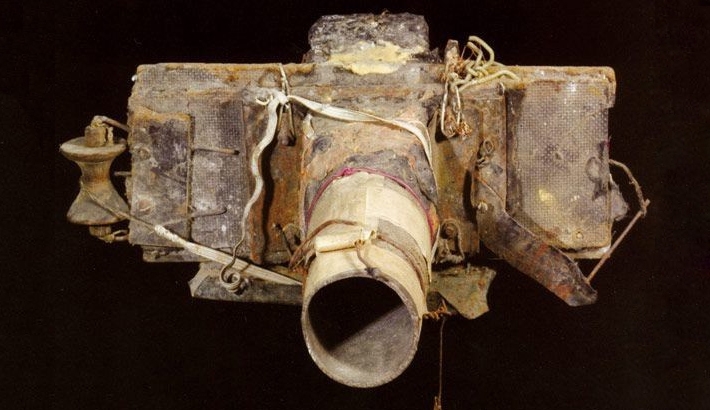
It’s said that every night, he revealed his photographs with an enlarger, also made by hand, and from there emerged his singular images, in particular, portraits of women in keeping with his creative fascination with the female figure. A spooky halo of voyeurism, far removed from the photographic conventions of the time, surrounds the work of this improbable portraitist.
In 1994, he came into contact with the gallerist, Harald Szeemann, who offered to mount his first exhibition at the Biennial of Contemporary Art in Seville. Thereafter, though he always refused to feed the art-market, his works were exhibited at the Museum of Modern Art in Frankfurt, the Pompidou Centre in Paris and the International Center of Photography in New York, among others. Although hundreds of potential buyers emerged, some of them prestigious figures in the art world, Miroslav Tichý never accepted money for his work. Instead, he agreed to share some of his pieces in exchange for the works of other artists interested in his photographs. And thus was born The Tichy Ocean Foundation.
This surgeon of reality, a man far from perfect, found a way to cut his own path, and despite everything, was crowned for his consistency. And that’s the story of Tichý, who found something in his countless walks that allowed him to transcend his circumstances and to define, eventually, his own reality.
Related Articles
When ancient rituals became religion
The emergence of religions irreversibly changed the history of humanity. It’s therefore essential to ask when and how did ancient peoples’ rituals become organized systems of thought, each with their
Seven ancient maps of the Americas
A map is not the territory. —Alfred Korzybski Maps are never merely maps. They’re human projections, metaphors in which we find both the geographical and the imaginary. The cases of ghost islands
An artist crochets a perfect skeleton and internal organs
Shanell Papp is a skilled textile and crochet artist. She spent four long months crocheting a life-size skeleton in wool. She then filled it in with the organs of the human body in an act as patient
A musical tribute to maps
A sequence of sounds, rhythms, melodies and silences: music is a most primitive art, the most essential, and the most powerful of all languages. Its capacity is not limited to the (hardly trivial)
The enchantment of 17th-century optics
The sense of sight is perhaps one the imagination’s most prolific masters. That is why humankind has been fascinated and bewitched by optics and their possibilities for centuries. Like the heart, the
Would you found your own micro-nation? These eccentric examples show how easy it can be
Founding a country is, in some ways, a simple task. It is enough to manifest its existence and the motives for creating a new political entity. At least that is what has been demonstrated by the
Wondrous crossings: the galaxy caves of New Zealand
Often, the most extraordinary phenomena are “jealous of themselves” ––and they happen where the human eye cannot enjoy them. However, they can be discovered, and when we do find them we experience a
Think you have strange reading habits? Wait until you've seen how Mcluhan reads
We often forget or neglect to think about the infinite circumstances that are condensed in the acts that we consider habitual. Using a fork to eat, for example, or walking down the street and being
The sky is calling us, a love letter to the cosmos (video)
We once dreamt of open sails and Open seas We once dreamt of new frontiers and New lands Are we still a brave people? We must not forget that the very stars we see nowadays are the same stars and
The sister you always wanted (but made into a crystal chandelier)
Lucas Maassen always wanted to have a sister. And after 36 years he finally procured one, except, as strange as it may sound, in the shape of a chandelier. Maassen, a Dutch designer, asked the





